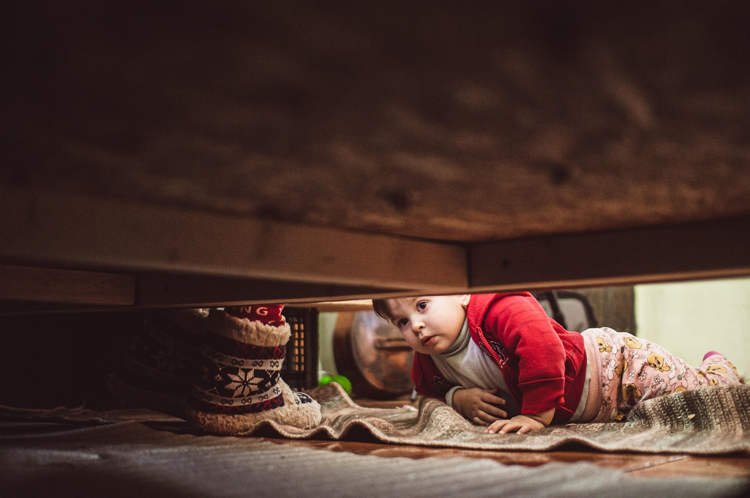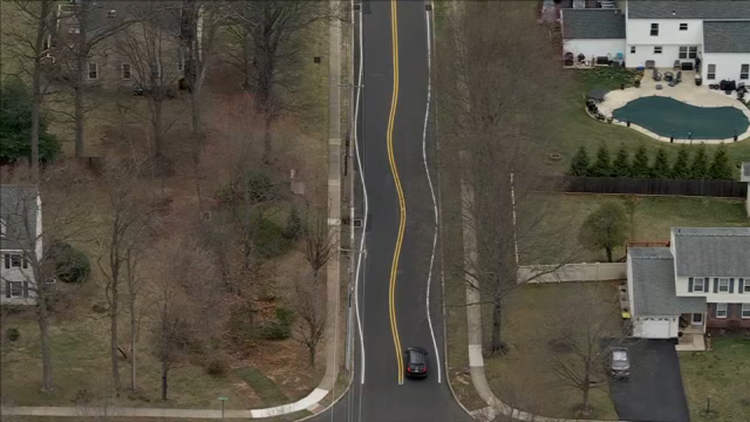26-year-old iPad artist Kyle Lambert has created an ultra-realistic finger painting of Hollywood star Morgan Freeman. If you put Lambert’s painting and Freeman’s photograph side-by-side, it’s almost impossible to tell them apart. The features are practically lifelike, down to the last freckle.
The British artist from Cheshire took one month and used 285,000 finger strokes on his iPad to complete the painting. He used an application called Procreate that allowed him to zero-in and layer his work. Using the app’s features, he reduced the brush size to only a few pixels for extra precision. This enabled him to zoom in to apply stroke after stroke, producing the amazing, photo-like portrait.
Lambert says that Procreate was crucial to his finger painting process. “It captures every brush stroke automatically and you can export it to the camera roll,” he explains. “It has the best canvas size and video export. It’s the most like Photoshop.”




















